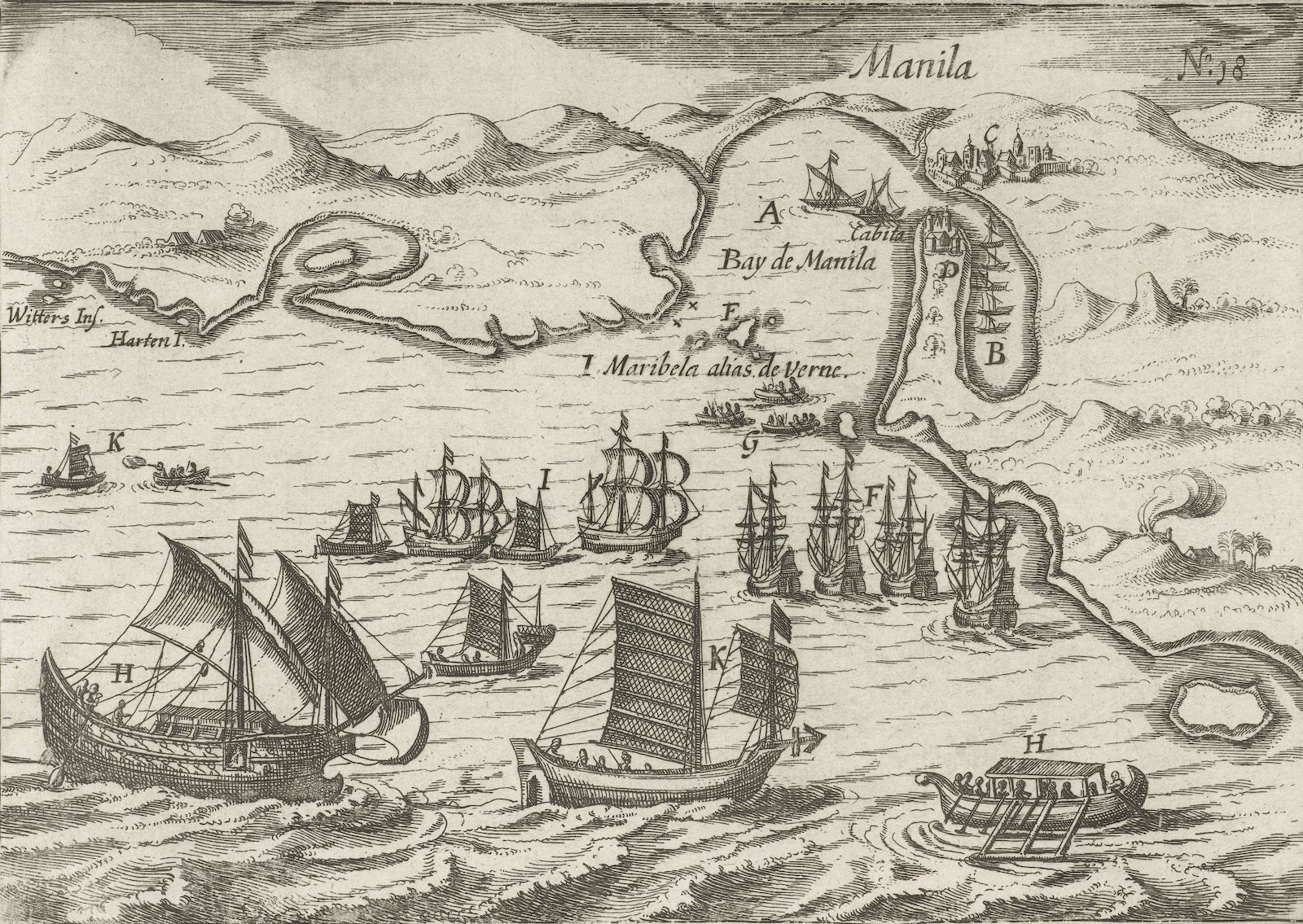Rodrigo de Vivero: A Spaniard Shipwrecked in Japan
Shipwrecked in 1609, Spanish administrator Rodrigo de Vivero y Velasco became a guest of the shogun and wrote a detailed account of his 10 months in Japan.

Europeans first reached Japan in 1543 and, until their final expulsion in 1639, they sent back a good deal of fascinating information about the remote island kingdom. Many of these accounts were written by Jesuit missionaries; and for the most part they are contained piecemeal in their letters to Europe.
A notable exception is to be found in the narrative of Don Rodrigo de Vivero y Velasco, an observant layman and experienced administrator.
After an unscheduled stay of ten months in Japan in 1609-10, Vivero wrote a concise report of his experience, and as an honoured guest of the Japanese authorities, he was able to include a personal account of his audiences with the de facto ruler, Tokugawa Ieyasu, and his son Hidetada.
Vivero was born in Mexico of noble Spanish parentage in 1564; but, while still a boy, he went to Spain and served as a page to the wife of Philip II. Returning to Mexico, he took part in various campaigns, and was made Governor of Nueva Vizcaya, north-east Mexico, in 1599. In this capacity he personally led a military expedition against the local Indians and helped to extend Spanish rule.
